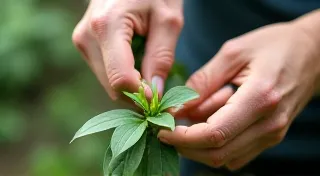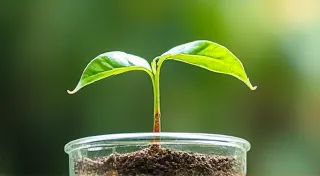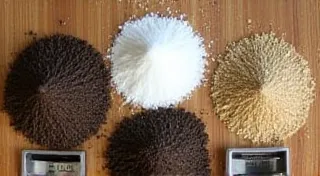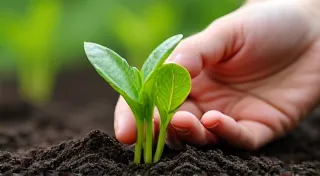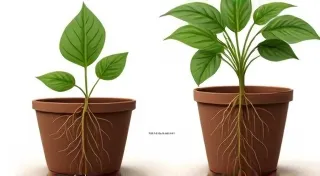The Ultimate Guide to Watering Houseplants: Avoid Overwatering & Underwatering
Watering is arguably the most critical aspect of houseplant care. It’s also where many beginners stumble, often leading to either underwatered, stressed plants or, more commonly, plants suffering from overwatering. This guide breaks down the fundamentals of watering houseplants, helping you understand how much water your plants actually need and how to avoid these common pitfalls.
Understanding Your Plant's Water Needs
There’s no one-size-fits-all answer when it comes to watering. Different plants have dramatically different water requirements. Factors like plant type, pot size, soil type, humidity, and even the season all play a role. Instead of sticking to a rigid schedule, learn to read your plants and adjust your watering accordingly. Before you even begin, understanding the basics of seasonal plant care is a great first step – needs change with the weather!
Consider these factors:
- Plant Type: Succulents and cacti thrive on neglect and need infrequent watering. Ferns and tropical plants generally prefer consistently moist soil.
- Pot Size: Larger pots hold more moisture, so they're less likely to dry out quickly. Choosing the right pot size is crucial to ensure your plant doesn’t suffer from excessive or insufficient moisture.
- Soil Type: Well-draining soil dries out faster than dense, moisture-retentive soil.
- Humidity: High humidity reduces water loss through transpiration, so plants need less frequent watering.
- Season: Plants typically need less water during the dormant winter months.

Signs of Overwatering
Overwatering is a more common problem than underwatering, as it often leads to root rot. Here's what to look for:
- Yellowing Leaves: Particularly lower leaves, often with brown spots.
- Drooping: Leaves that feel limp and heavy.
- Mushy Stems: A sign of advanced root rot.
- Fungus Gnats: These tiny flies thrive in consistently moist soil.
- Persistent Wet Soil: Soil that stays damp for extended periods, even after several days.
What to do if you suspect overwatering: Stop watering! Allow the soil to dry out completely before watering again. You may also need to repot the plant with fresh, well-draining soil to prevent further root rot. Sometimes, a change in pot size can help, too, especially if you're struggling with proper drainage.
Signs of Underwatering
While less common, underwatering can also stress your plants. Watch out for these signs:
- Drooping: Similar to overwatering, but the leaves will feel dry and crispy.
- Curling Leaves: Leaves may curl inwards to conserve moisture.
- Crispy Leaf Edges: Brown, brittle leaf edges are a telltale sign.
- Dry Soil: Soil pulls away from the edges of the pot.
What to do if you suspect underwatering: Water the plant thoroughly until water drains from the bottom of the pot. Consider soaking the pot in a basin of water for a more even rehydration. Paying close attention to your plant's environment and adjusting watering practices based on the season is key to success, and that's why understanding seasonal plant care is so vital.
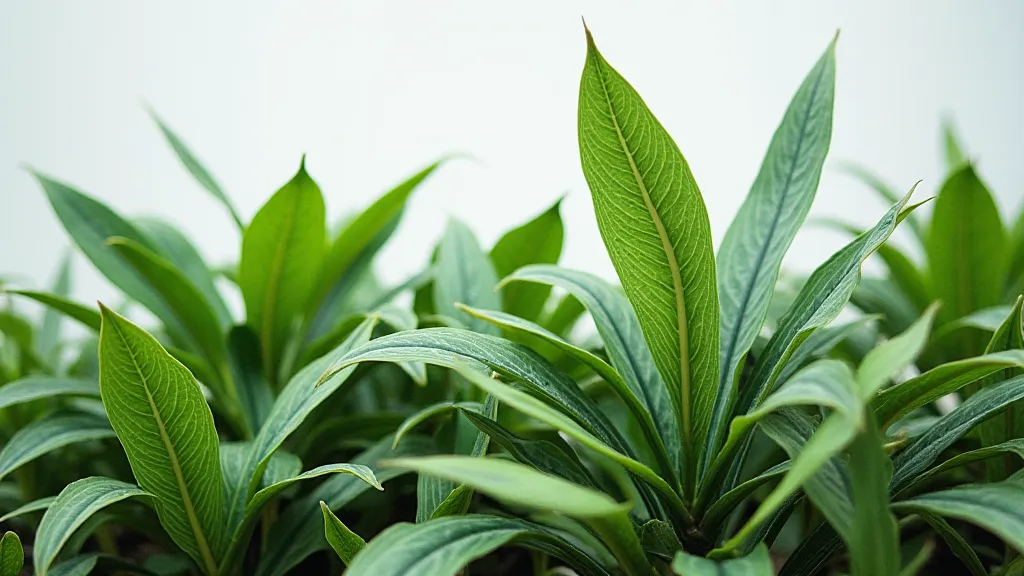
Watering Techniques
Top Watering: This is the most common method, pouring water directly onto the soil until it drains from the bottom.
Bottom Watering: Placing the pot in a basin of water and allowing the soil to absorb water from the bottom. This encourages deeper root growth. This technique can be particularly helpful for plants that tend to get topsoil compacted.
Misting: While misting can increase humidity, it doesn’t significantly hydrate the plant and can actually promote fungal diseases if the leaves don’t dry quickly. Instead of relying on misting, consider using a humidifier to increase ambient humidity, which is a more effective and consistent solution.
Troubleshooting Common Watering Issues
Sometimes, the signs of overwatering and underwatering can be confusing! It's important to consider all the factors involved – light, humidity, soil type, and the plant's individual needs. For example, a plant in a small pot will dry out much faster than one in a large pot. Similarly, plants that prefer bright, direct sunlight will generally require more frequent watering than those that thrive in shade.
Another common problem is compacted soil, which can impede drainage and lead to root rot. Adding perlite or vermiculite to your potting mix can help improve aeration and drainage. Also, avoid letting plants sit in saucers of standing water, as this can lead to root rot.
Tips for Successful Watering
- Check the Soil: Stick your finger about an inch into the soil to gauge moisture levels.
- Use Room Temperature Water: Cold water can shock plants.
- Water in the Morning: Allows leaves to dry during the day.
- Empty Saucers: Don’t let plants sit in standing water.
- Observe Your Plants: Pay attention to how your plants respond to your watering habits and adjust accordingly.
- Consider the Plant's Origin: Knowing where your plant originates from can give you clues about its watering preferences. For example, succulents from arid climates will need less water than tropical plants from humid rainforests.

Mastering the art of watering isn't about following a rigid schedule; it's about understanding your plants, their environment, and their individual needs. By paying attention to the signs your plants are giving you and adjusting your watering practices accordingly, you can create a thriving indoor jungle. For more information on setting up the ideal environment for your plants, be sure to check out our guide on sunlight secrets.
By understanding your plants' individual needs and observing their responses, you can master the art of watering and ensure they thrive in your home.
